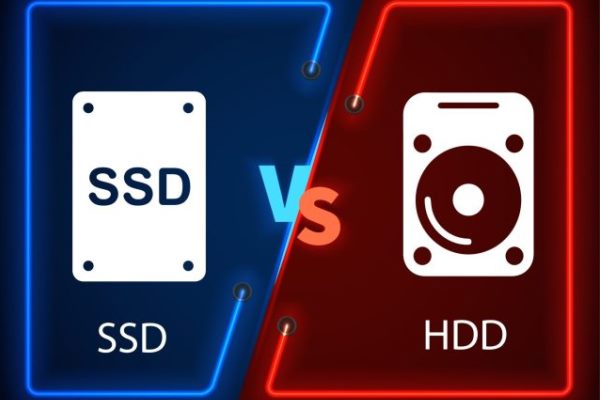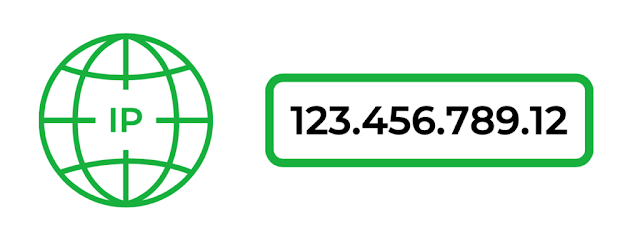Over the previous couple of years, most of the main web hosting companies have transitioned their data center hardware from web servers installed with traditional hard disc drives (HDDs) to new Solid State Drives (SSDs) for better performance and faster speeds. hard disc drive (HDD) storage technology dates back to the 1950s and operates similarly in some ways to phonograph recordings or vinyl records. Data is stored in patterns magnetically on a spinning machine with each drive equipped with a sensor apparatus that will hunt down the knowledge and send it to the CPU.
Solid State Drives (SSDs) became common around 2009 and contain no rotating parts in their design, constructed rather from NAND-Flash memory almost like what's utilized in RAM chips or thumb drives. SSDs offer much faster read/write times on data transfers compared to HDDs primarily because there's no head and arm mechanism wont to hunt down the knowledge. SSDs use integrated circuits to store digital files in binaries rather than electromagnetic recording technology.
When SSDs became common within the consumer market in 2009, they were initially priced quite expensively in comparison to HDDs of equal storage capacity. However, because the price of SSD technology decreased and web hosting companies upgraded their web server hardware, SSDs have begun to exchange HDDs across the board as a de facto standard common to each web hosting plan, primarily thanks to consumer demand, industry competition, and superior performance.
Some companies still offer web hosting plans supported HDD storage at a less expensive cost than SSD configurations, particularly on dedicated server and VPS accounts. On shared hosting plans, it's not always clear whether a corporation offers HDD or SSD storage on its hardware, although most web hosts prominently advertise SSD storage capability once they have it installed on their platforms.
Overall, it's important to understand the performance differences between the 2 main storage standards and to gauge competing for web hosting plans with regards to the value basis per GB of storage capability provided under each format.
The major advantage of using HDD storage in 2020 is that it's available less expensive than comparable SSD equipment. most of the cloud hosting found within the marketplace today is predicated on SSD standards, with only a little sector of the budget hosting industry offering cheap shared hosting plans still counting on HDDs exclusively. HDDs even have a significantly higher failure rate in production in comparison to SSDs, although some companies can cash in of the value advantage of HDDs for data backups, offsite storage, and hosting large digital archives for downloads.
One of the most causes of server failure is overloading the hardware with I/O requests which the 20x faster processing ability of SSDs mitigates significantly. Another problem is that repeated use of the equipment under strain results in mechanical failure. SSDs are viewed to be more reliable than HDDs because they lack the moving parts and spinning wheels which will malfunction, but they need another problem associated with electron tunneling on the nano-scale that limits the number of times a selected sector of the chip are often recorded thereto results in bit errors or shorn writes.
What are the advantages of SSD Hosting
In benchmark tests conducted on web servers, SSDs were shown to transfer 95% more data under heavy strain than HDDs and to perform on the average at rates of 20x faster in processing I/O requests. SSD performance is additionally determined by the info transfer speeds permitted by the bus type, of which SAS, SATA, PCI Express, Fibre Channel, USB, & PATA are all frequently utilized in web hosting.
SSD Hosting Factors to think about
Failure Rates - In benchmark testing by third-party experts, HDDs attended fail on the average at rates of three .5% of the equipment over the life cycle of the drive, whereas SSDs failed at rates of around 0.5%.



Your Affiliate Profit Machine is ready -
ReplyDeleteAnd making profit with it is as easy as 1---2---3!
It's super easy how it works...
STEP 1. Input into the system which affiliate products you want to promote
STEP 2. Add some PUSH BUTTON traffic (it ONLY takes 2 minutes)
STEP 3. See how the system grow your list and sell your affiliate products on it's own!
Are you ready to make money automatically???
Get the full details here